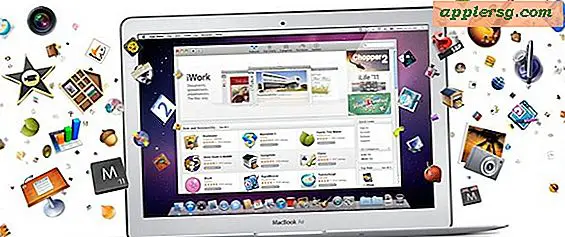

- #APPLE APP STORE FOR MAC OS X HOW TO#
- #APPLE APP STORE FOR MAC OS X VERIFICATION#
- #APPLE APP STORE FOR MAC OS X SOFTWARE#
- #APPLE APP STORE FOR MAC OS X CODE#
This defines how your app’s icon appears in the macOS Finder and in the OS dock. Custom Iconsīy default, Unity downsizes the icon image that you specified on the Icon panel of the Player settings (open Edit > Project Settings, then select the Player category) to generate an.
#APPLE APP STORE FOR MAC OS X SOFTWARE#
However, you aren’t required to notarize software that you distribute through the Mac App Store because the App Store submission process already includes equivalent security checks.”įor further information see Apple’s developer documentation on Notarizing macOS Software Before Distribution. Beginning in macOS 10.15, all software built after June 1, 2019, and distributed with Developer ID must be notarized. “Beginning in macOS 10.14.5, software signed with a new Developer ID certificate and all new or updated kernel extensions must be notarized to run. The Apple developer documentation states:

It is an automated system, and is not an App Review. Notarization is the process that Apple uses to check for malicious components. To do this, type the following into the macOS Terminal: productbuild -component GAMENAME.app /Applications -sign "3rd Party Mac Developer Installer: DEVELOPER NAME" GAMENAME.pkgįinally, use the Xcode ApplicationLoader to submit your app.
#APPLE APP STORE FOR MAC OS X VERIFICATION#
This is a requirement for your app to pass verification for the App Store and Apple notary service since macOS 10.14.īuild the installer/pkg.
#APPLE APP STORE FOR MAC OS X CODE#
Note: The -o runtime switch instructs the code sign to enable Hardened Runtime. To do this, type the following into the macOS Terminal: codesign -o runtime -f -deep -s '3rd Party Mac Developer Application: DEVELOPER NAME' -entitlements "GAMENAME.entitlements" "/AppPath/GAMENAME.app" To do this, type the following into the macOS Terminal: chmod -R a+xr "/path/to/GAMENAME.app" Next, fix read permissions on all the content in the. If you’re using Xcode 8.0+, you also need to add these fields to the ist file: CFBundleSupportedPlatforms Open the ist file in Xcode (or any text editor), and add the following keys: LSApplicationCategoryType To do this, open Xcode, create a new project with a macOS template, go to the Capabilities bar and enable App Sandbox. The easiest way to do this is to create an empty Mac app. Next, you need to create a GAMENAME.entitlements file and save it in any location. Only disable this setting if you have implemented your own receipt validation.Įnable the Mac App Store Validation setting, then build your app ( File > Build Settings… > Build). This prevents people from running the game on a different device to the one it was purchased on. See the Apple developer documentation on LSApplicationCategoryType to see the list of category types available.Įnable this to ensure that your app only runs when it contains a valid receipt from the Mac App Store. By default, this is set to the game category,. The App Store uses this string to determine the appropriate categorization for the app. More info See in GlossaryĮnter the string corresponding to the app’s type. Unity applies colour-coding to categories to help visually distinguish the types of data in the Profiler window. See the Apple developer documentation on CFBundleVersion to learn more.Ĭategory A Profiler category identifies the workload data for a Unity subsystem (for example, Rendering, Scripting and Animation categories). This appears as CFBundleVersion in the associated ist file. More info See in GlossaryĮnter the build number for this version of your app. See the Apple developer documentation on CFBundleIdentifier to learn more.īuild The process of compiling your project into a format that is ready to run on a specific platform or platforms. This appears as CFBundleIdentifier in the associated ist file. Mac App Store Options PropertyĮnter the Bundle Identifier of your iTunesConnect App. Unity automatically applies these settings to your app’s ist file as CF keys (see Apple’s developer documentation on Core Foundation Keys to learn more). Select the Standalone target, expand the Other Settings section and navigate to Mac App Store Options. More info See in Glossary and select the Player category. Go to Edit > Project Settings A broad collection of settings which allow you to configure how Physics, Audio, Networking, Graphics, Input and many other areas of your project behave.
#APPLE APP STORE FOR MAC OS X HOW TO#
See Apple’s developer documentation on Maintaining Your Signing Identities and Certificates to learn how to do this. This page describes the process of delivering your application to the Mac App Store.įirst, you need to make sure you have the correct provisioning profiles installed in your keychain: the “3rd Party Mac Developer Application” and “3rd Party Mac Developer Installer” profiles.


 0 kommentar(er)
0 kommentar(er)
